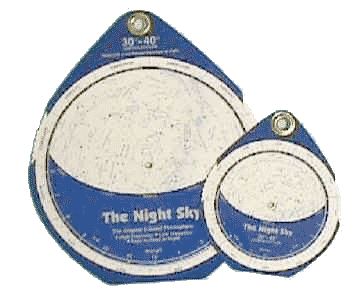Amateur astronomy can be an expensive business, especially if you want a really good quality telescope. Some, such as the Ritchey-Chrétien can be cost in the range of $2000-$6000 dollars. Even some refractors can be over $1000.Yet it needn’t cost you that much – you can pick up a new telescope for less than $200 from reputable dealers. But before buying any telescope you need to make sure it will do the job – especially for amateur astronomy, which is much more demanding than any terrestrial observation.
Parents, whose kids have an interest in astronomy, generally don’t want to fork out thousands of dollars for a top-of-the-range telescope, particularly as their son or daughter may lose interest very quickly. You can get a very good deal. A telescope with a 60mm may be sufficient for your needs, and models with 90mm are available from camera stores for less than $200 from good camera stores. Never buy telescopes from department stores or other non-specialist retail outlets. Even though you don’t want to spend too much, you need a reasonable resale value in case your child loses interest, although many people do retain a fascination of astronomy. But you also may want to sell the telescope if your child’s interest increases, and you want to buy a better model down the track. But bear in mind you might only get 50% of the original purchase price from a resale to a dealer.
Try a few different camera dealers and compare prices. If you don’t know much about telescopes, take someone with you who does. Joining an astronomy club can put you in touch with people in the know. You could take your kids, and introduce them to the joys of practical astronomy with just the cost of the membership fees. They could also advise you on buying second-hand telescopes. Perhaps a member wants to sell their old telescope. Look at the classifieds in astronomy magazines, and check online forums. But never buy online – you need to test the telescope to make sure it works properly. Again, you may need an expert to help. Telescope shops may have some second-hand lists.
 Buying second-hand can be risky, but it can also be a way of picking up a reasonable telescope for a reasonable price. There are a few things to check for, some of which are obvious. Dust on the lens or mirror can be cleaned. Look for any signs of wear and tear on the finish, although this may not mean the telescope isn’t in working order, so still check for the following points There may be worn or stripped threads on nuts and bolts holding the mounts together, but the threads may be replaced. However if there are missing nuts, bolts or washers on the eyepiece holders or the finder assembly, this may be difficult to replace. If the gear teeth on the motor drive or focusing mechanism are worn, it’s probably best not to buy the telescope. If there are tarnished or corroded mirror coatings, the telescope is probably not worth buying, as the realuminizing process required is expensive.
Buying second-hand can be risky, but it can also be a way of picking up a reasonable telescope for a reasonable price. There are a few things to check for, some of which are obvious. Dust on the lens or mirror can be cleaned. Look for any signs of wear and tear on the finish, although this may not mean the telescope isn’t in working order, so still check for the following points There may be worn or stripped threads on nuts and bolts holding the mounts together, but the threads may be replaced. However if there are missing nuts, bolts or washers on the eyepiece holders or the finder assembly, this may be difficult to replace. If the gear teeth on the motor drive or focusing mechanism are worn, it’s probably best not to buy the telescope. If there are tarnished or corroded mirror coatings, the telescope is probably not worth buying, as the realuminizing process required is expensive.
There are few other things that would probably mean you shouldn’t buy the second-hand telescope such as deterioration of the glass in lenses, objective lenses that have been taken part and reassembled wrongly, deterioration or mould in the Canada balsam that cements the components of the lens together, or misaligned optics.



